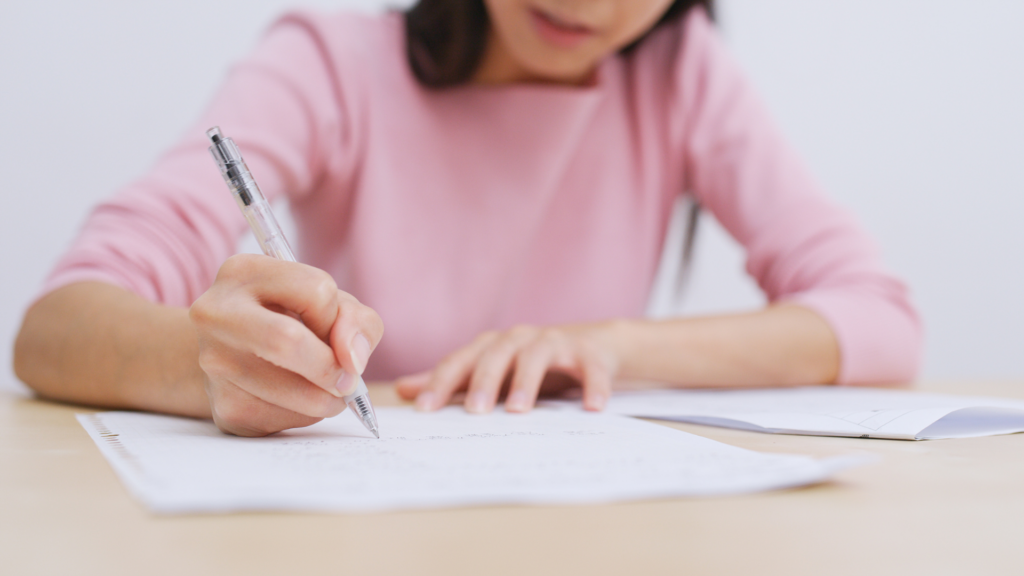
June is approaching fast, bringing with it the season of lease renewals and new rental agreements! Whether you’re looking for your first cozy nest or you’re a seasoned mover, a refresher on the ins and outs of a lease agreement is always a good idea. Ready for a knowledge update? Let’s dive in!
What Exactly Is a Lease?
A lease is much more than just a piece of paper you sign and forget in a drawer. It’s an official contract between a landlord and a tenant, clearly outlining the rights and responsibilities of both parties for the duration of the rental period. Whether you’re renting an apartment, a house, or a condo, the lease applies.
Written or Verbal Lease?
There are two types of leases: written and verbal.
-
Written Lease: This is the safest option. The official form ensures that both parties have a copy and that everything agreed upon is well-documented. It clearly defines the responsibilities of both the tenant and the landlord.
-
Verbal Lease: Technically valid, but highly risky! Without an official document, everything relies on memory… and let’s be honest, memories can differ! In case of a dispute, you’ll be navigating a legal gray area, which can lead to major complications. Just to be clear: we strongly do not recommend this format (there, we’ve said it in black and white!).
For more specific cases, the Tribunal administratif du logement (TAL) is a valuable resource where you can find all the necessary information.
How to Fill Out a Lease?
Electronic Lease: Welcome to the Future!
Thanks to digital advancements, electronic leases are now approved by the TAL. Convenient and efficient, they allow for remote signing without hassle.
If your landlord uses this type of lease, like CORPIQ’s Electronic Lease, you’ll receive an email with the pre-filled document. Before signing, take your time to read through every page and make sure everything aligns with what was discussed. Need clarifications? A quick call with the landlord never hurts!
Paper Lease: The Classic Approach
Many still prefer the good old-fashioned paper lease. In this case, it’s the landlord’s responsibility to fill it out based on the agreed terms. Once it’s ready, they will schedule a meeting with you to finalize the signing in person.
Your role? Read every clause carefully, check that all the details are correct, and only then—sign! And don’t forget to take your copy with you!
Lease Signing Day: Final Steps Before Sealing the Deal
- Make sure everything is signed by both you and the landlord. No signature, no official contract.
- Keep a copy in a safe place—whether it’s a paper version, a photo, or a scanned document. We highly recommend scanning or taking a picture of your paper copy as a backup in case it ever goes missing. You can never be too careful!
Beware of Red Flags!
If, during a visit, someone tells you that no lease needs to be signed, RED ALERT!
A written lease is your best protection as a tenant. Without one, you have no guarantees and no clear legal recourse if anything goes wrong.
Final Thoughts
Signing a lease is a serious commitment, but it’s also your best guarantee for a smooth and stress-free rental experience. So, take the time to read it carefully, ask questions, and make sure everything is in order before putting down your signature.
Happy apartment hunting, and most importantly—happy lease signing!
See also :
Louer avec un colocataire : ce qu’il faut savoir avant de signer